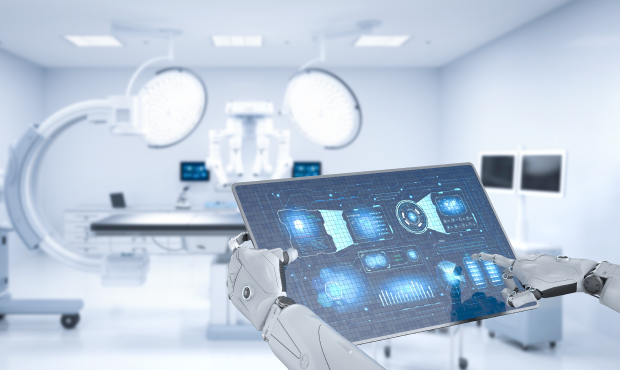Introduction
Organization
Organization
Organization Introduction
Divisions
Seminar
Member
Education
Introduction
Organization
Organization
Organization Introduction
Divisions
Seminar
Member
Education


Organization
Organization Introduction
Divisions
Member
Education
Organization
Therapeutic Medical Device Development Division
Conduct research mainly on therapeutic medical devices in collaboration with the Planning And Strategy Division

In collaboration with the Planning And Strategy Division, we will conduct needs provision, development and assessment of therapeutic medical devices, primarily those that fall under Class III and IV highly controlled medical devices (e.g., minimally invasive, robot-assisted surgery-related devices, endovascular treatment devices, surgical devices, circulatory function treatment devices, respiratory function treatment devices).
Research topic
Study on a micro MEMS tactile sensor for a minimally invasive surgery
A medical catheter has widely been used as a minimally invasive medical device, for insertion of vasodilator balloons and stents into blood vessels. A guide wire attached to the tip of the catheter moves in the blood vessel in advance in order to carry the balloon and the stent to the affected part. However, the problem of damaging the blood vessel wall when inserting into a blood vessel has been reported. Although the position of the tip of the guide wire is judged from the X-ray image, the contact situation between the guide wire tip and the blood vessel has been coordinated by the feeling of the doctor hands. In order to realize highly safe minimally invasive surgery, it has strongly been needed to realize a system that can operate while detecting the force applied to the tip. Therefore, we have studied on micro 3-axis tactile sensors using MEMS (Microelectromechanical Systems) technology. This sensor, extremely tiny diameter of 0.32 mm, is fabricated from silicon (Si) using MEMS fabrication processes. The sensor is attached to the tip of the guide wire and allows us to measure the force applied to the tip. Detection of forces in 3-axis directions gives us a lot of information of contact situation between the guide wire and the blood vessel. It is expected to prevent an accident in a catheter surgery.
■Member
Professor Yoshitada Isono, Professor Koji Sugano
Research on Dexterous Manipulation and Teleoperation
It is difficult to robotize dexterous manipulation like humans, and the robot hand comparable to human dexterity has not been realized yet. We took “origami folding” as a target task, and have been trying to understand why humans can dexterously manipulate origami, which is flexible and has unpredictable behaviors, and to realize such dexterous manipulations by a robot. On the other hand, even when a human operates the work in an extreme environment from a distance, it is not easy to work with full use of the dexterity that the operator originally has. Therefore, in order to realize a high fidelity teleoperation system with which the operator can operate the remote robot intuitively, we have been conducting basic research on the control methods for teleoperation, sensory feedback to the operator, and the human-machine interface. These studies are expected to lead to the realization of dexterous hands for medical robots and the development of remote-controlled surgical robots.
■Member
Professor Yasuyoshi Yokokohji, Assistant Professor Hikaru Nagano
